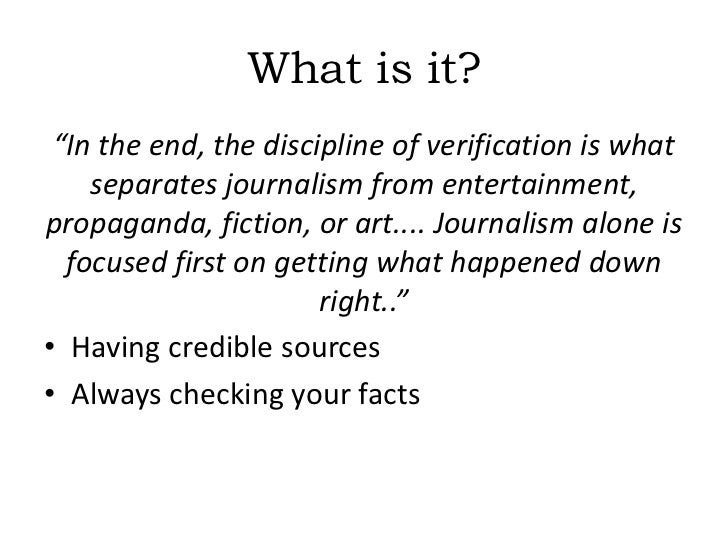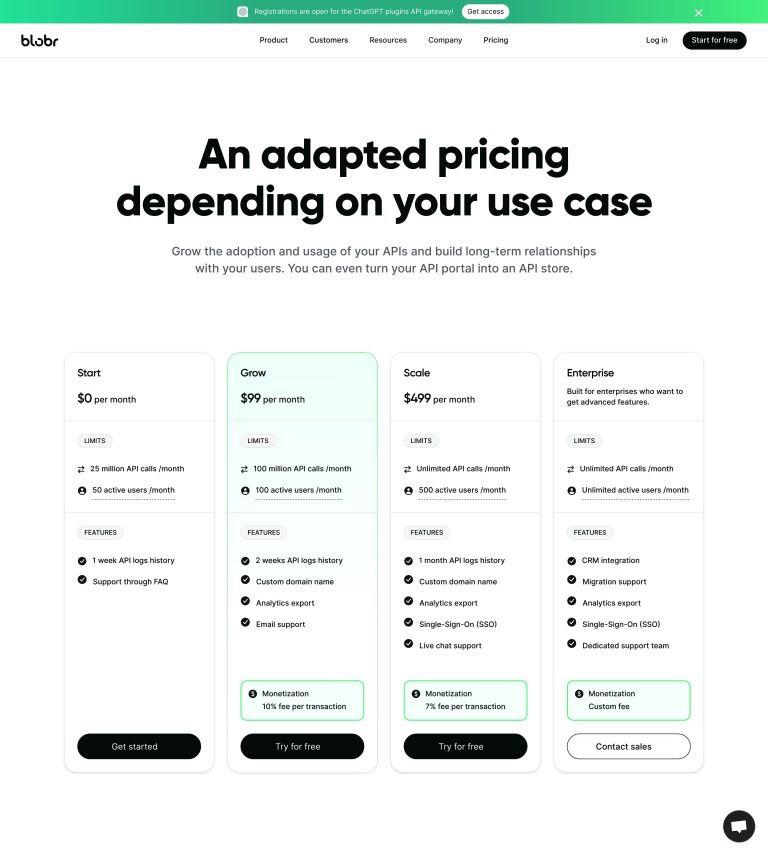
In the ever-evolving landscape of digital marketing and content creation, artificial intelligence (AI) has emerged as a powerful tool that is reshaping how brands communicate with their audiences. From generating blog posts to crafting social media content, AI-driven tools are becoming increasingly integral to the creative process. However, while these technologies offer significant advantages, they also come with limitations and challenges that must be understood. This article explores what works, what fails, and what the future holds for AI content.
What Works: The Benefits of AI Content Creation
1. Efficiency and Speed
One of the most compelling benefits of AI content creation is its ability to produce high-quality content at an unprecedented speed. Tools like Agility Writer, Frase, and Jasper have demonstrated their capacity to generate articles, product descriptions, and even marketing campaigns in a matter of minutes. For instance, Jasper can create entire marketing campaigns, including blog posts, social media copy, and email subject lines, within minutes of inputting the necessary details. This efficiency allows marketers to focus on strategic tasks rather than spending hours on content creation.
2. SEO Optimization

AI tools are also adept at optimizing content for search engines. Features such as keyword suggestions, meta tag generation, and content structuring help ensure that content is not only engaging but also discoverable. Frase, for example, uses SERP analysis to break down search results and provide insights from top-ranking content, making it easier for users to incorporate relevant keywords naturally into their writing. This capability can significantly improve a website’s visibility and drive organic traffic.
3. Content Research and Idea Generation
AI tools can assist in content research by analyzing trends, audience behaviors, and competitor strategies. Claude AI, for instance, can gather insights from top-ranking sources for blog post outlines, helping writers identify topics that resonate with their target audience. This data-driven approach ensures that content is not only relevant but also aligned with current market demands.
4. Customization and Flexibility
Many AI content tools offer customization options that allow users to tailor the tone, style, and format of their content. KoalaWriter, for example, enables users to switch between casual, professional, or friendly tones depending on their target audience. This flexibility makes AI content creation suitable for a wide range of industries and use cases, from e-commerce product descriptions to academic research papers.
What Fails: Limitations and Challenges of AI Content
1. Lack of Human Creativity
While AI tools can generate content quickly, they often lack the depth of human creativity and emotional nuance. As noted in the reference text, the author initially dismissed AI tools because they believed machines could not replicate the intricacies of human expression. Although AI can produce coherent and grammatically correct content, it often struggles to capture the unique voice and perspective that human writers bring to their work. This limitation is particularly evident in fields that require storytelling, humor, or cultural context.
2. Quality and Accuracy Issues

Despite advancements in natural language processing, AI-generated content is not always accurate. Errors in factual information, inconsistencies in tone, and a lack of contextual understanding can lead to subpar content. For example, ChatGPT may generate a well-structured blog post, but it might include outdated information or fail to address the specific needs of the target audience. These issues highlight the importance of human oversight and editing when using AI tools.
3. Ethical and Legal Concerns
The use of AI in content creation raises ethical and legal questions, particularly regarding plagiarism and intellectual property. While some AI tools, like Jasper, include plagiarism checks, others may inadvertently reproduce content without proper attribution. Additionally, the use of AI to generate content that mimics human voices or styles can blur the line between originality and imitation, leading to potential legal disputes.
4. Over-Reliance on Technology
Another challenge is the risk of over-reliance on AI tools. While these tools can streamline the content creation process, they should not replace human expertise entirely. Marketers who rely too heavily on AI may miss out on the opportunity to develop their own creative skills and build deeper connections with their audiences. As the reference text emphasizes, “Most of my writing still comes from my own ideas and creativity,” highlighting the importance of balancing AI assistance with human input.
What’s Next: The Future of AI Content Creation
1. Advancements in Natural Language Processing
As AI technology continues to evolve, we can expect significant improvements in natural language processing (NLP). Enhanced NLP capabilities will enable AI tools to better understand context, tone, and intent, resulting in more accurate and nuanced content. This advancement will make AI-generated content more indistinguishable from human-written content, further blurring the lines between machine and human creativity.
2. Integration with Human Creativity
The future of AI content creation lies in its integration with human creativity. Rather than replacing human writers, AI tools will serve as collaborative partners, enhancing the creative process rather than diminishing it. As the reference text suggests, “The partnership between AI and human creativity will be central to successful content strategies.” By combining the strengths of both, marketers can achieve greater efficiency and impact.
3. Personalization and Audience Engagement
AI content tools are likely to become more sophisticated in their ability to personalize content for individual audiences. By leveraging data analytics and machine learning, AI can tailor content to specific user preferences, behaviors, and demographics. This level of personalization will enable brands to create more engaging and relevant content, fostering stronger connections with their audiences.
4. Ethical Considerations and Regulation
As AI content creation becomes more prevalent, there will be a growing need for ethical considerations and regulatory frameworks. Issues such as transparency, accountability, and the responsible use of AI will become increasingly important. Brands and developers will need to ensure that AI tools are used ethically and that content generated by AI adheres to established standards of quality and integrity.
5. Continuous Learning and Adaptation
The future of AI content creation will also involve continuous learning and adaptation. As AI models learn from new data and feedback, they will become more adept at producing high-quality content that meets the evolving needs of users. This iterative process will ensure that AI tools remain relevant and effective in an ever-changing digital landscape.
Conclusion
AI content creation has revolutionized the way brands produce and distribute content, offering numerous benefits such as efficiency, SEO optimization, and customization. However, it also presents challenges, including the lack of human creativity, quality issues, and ethical concerns. As we look to the future, the key to success will lie in the seamless integration of AI with human creativity, ensuring that content remains both innovative and authentic. By embracing these advancements while maintaining a commitment to ethical practices, brands can harness the full potential of AI content creation and stay ahead in the competitive digital landscape.







